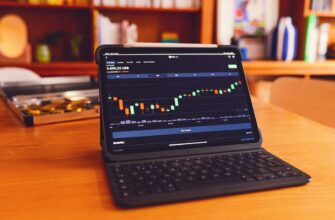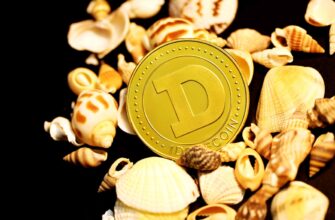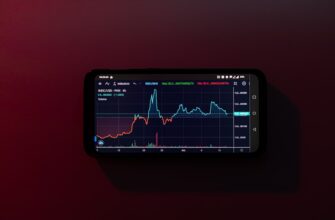Contents
Introduction: Navigating Bitcoin Ownership Securely
Bitcoin has revolutionized finance, but its decentralized nature means security is YOUR responsibility. This guide covers buying Bitcoin through trusted channels and implementing ironclad protection for your digital assets. With crypto thefts exceeding $3.8 billion in 2022 alone, these steps aren’t optional—they’re essential for every investor.
How to Buy Bitcoin: A Step-by-Step Process
- Choose a Reputable Exchange
Select platforms like Coinbase, Kraken, or Binance with strong security protocols, insurance policies, and regulatory compliance. Avoid unverified exchanges. - Verify Your Identity (KYC)
Complete Know-Your-Customer checks by submitting ID documents. This prevents fraud and unlocks higher transaction limits. - Fund Your Account
Deposit fiat currency via bank transfer, debit card, or wire. Note: Credit card purchases often incur higher fees. - Place Your Bitcoin Order
Use market orders for instant buys at current prices or limit orders to set target purchase prices. - Withdraw to Your Personal Wallet
NEVER store large amounts on exchanges. Immediately transfer Bitcoin to your private wallet after purchase.
How to Keep Your Bitcoin Safe: 5 Non-Negotiable Security Practices
- Use Hardware Wallets
Store Bitcoin offline in devices like Ledger Nano X or Trezor Model T. These “cold wallets” are immune to online hacking attempts. - Enable Multi-Factor Authentication (MFA)
Require 2-3 verification methods (authenticator app + biometrics) for all exchange and wallet logins. Disable SMS authentication. - Secure Your Seed Phrase
Write your 12-24 word recovery phrase on steel plates (not paper!) and store in multiple secure locations. Never digitize it. - Verify Transaction Addresses
Always double-check the first/last 4 characters of wallet addresses before sending Bitcoin. Malware often alters copied addresses. - Maintain Digital Hygiene
Use dedicated devices for crypto, install antivirus software, and avoid public Wi-Fi for transactions. Update software regularly.
Bitcoin Security FAQ: Critical Questions Answered
- Q: What’s the safest wallet for long-term Bitcoin storage?
- A: Hardware wallets provide maximum security. For large holdings, use multi-signature wallets requiring multiple approvals for transactions.
- Q: Can I recover Bitcoin if I lose my hardware wallet?
- A: Yes, if you have your seed phrase. The wallet can be restored on any compatible device. Without the seed phrase, funds are permanently lost.
- Q: Are Bitcoin exchanges insured against hacks?
- A: Top exchanges like Coinbase hold insurance, but coverage is limited. Never rely on exchange insurance—personal wallet security is paramount.
- Q: How often should I check my Bitcoin security?
- A: Conduct quarterly security audits: update software, verify backup integrity, and review transaction history for anomalies.
- Q: Is it safe to store Bitcoin on my phone?
- A: Mobile wallets are convenient for small amounts but vulnerable to malware. Use them only for daily spending, not primary storage.
Conclusion: Security Is Your Greatest Investment
Buying Bitcoin marks the beginning of your crypto journey—securing it determines your success. By combining trusted exchanges with hardware wallets, multi-factor authentication, and disciplined key management, you create an impenetrable defense for your digital wealth. Remember: In cryptocurrency, the safest investors are those who never stop learning about security.








